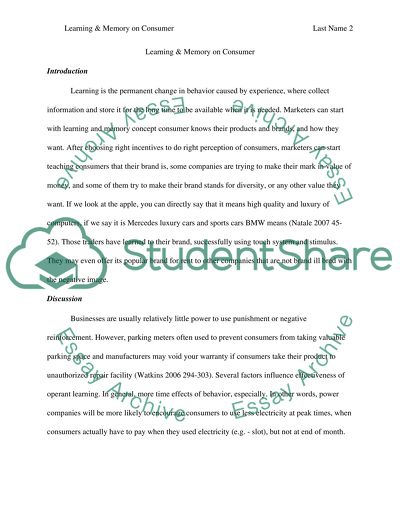Cite this document
(“How Businesses Use Learning & Memory to Affect Consumers Essay”, n.d.)
How Businesses Use Learning & Memory to Affect Consumers Essay. Retrieved from https://studentshare.org/marketing/1493338-how-businesses-use-learning-memory-to-affect
How Businesses Use Learning & Memory to Affect Consumers Essay. Retrieved from https://studentshare.org/marketing/1493338-how-businesses-use-learning-memory-to-affect
(How Businesses Use Learning & Memory to Affect Consumers Essay)
How Businesses Use Learning & Memory to Affect Consumers Essay. https://studentshare.org/marketing/1493338-how-businesses-use-learning-memory-to-affect.
How Businesses Use Learning & Memory to Affect Consumers Essay. https://studentshare.org/marketing/1493338-how-businesses-use-learning-memory-to-affect.
“How Businesses Use Learning & Memory to Affect Consumers Essay”, n.d. https://studentshare.org/marketing/1493338-how-businesses-use-learning-memory-to-affect.


